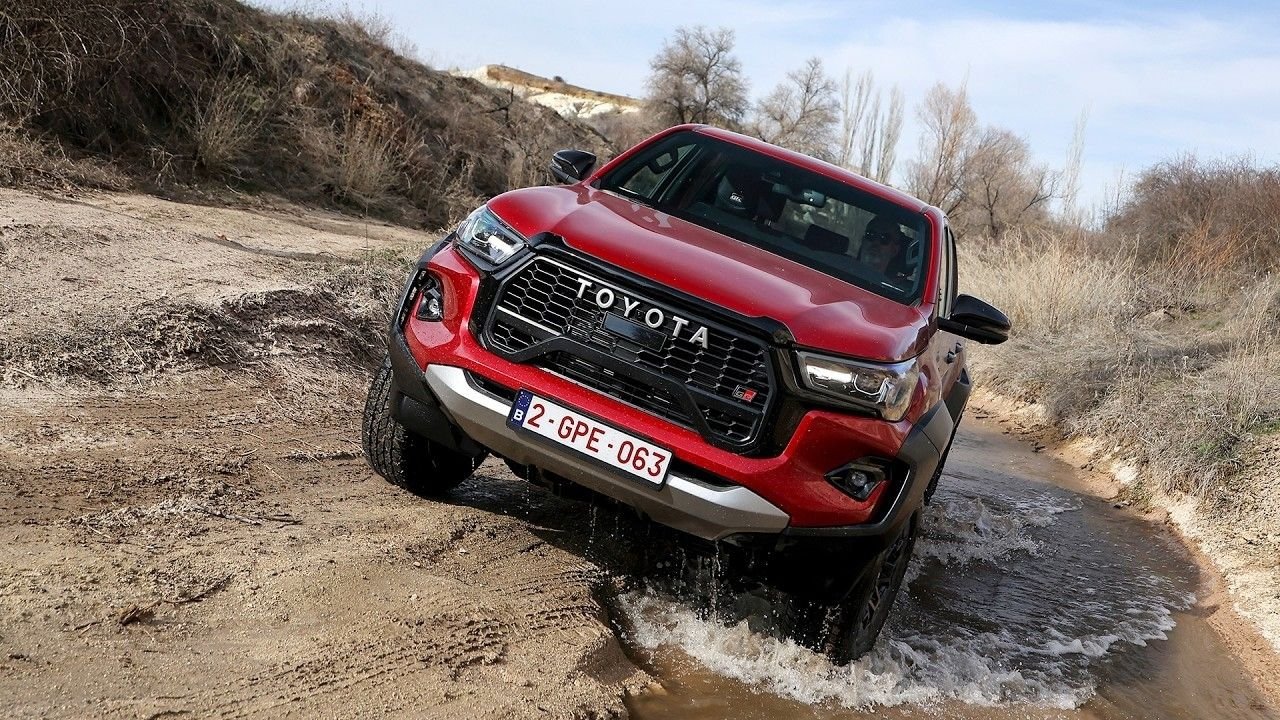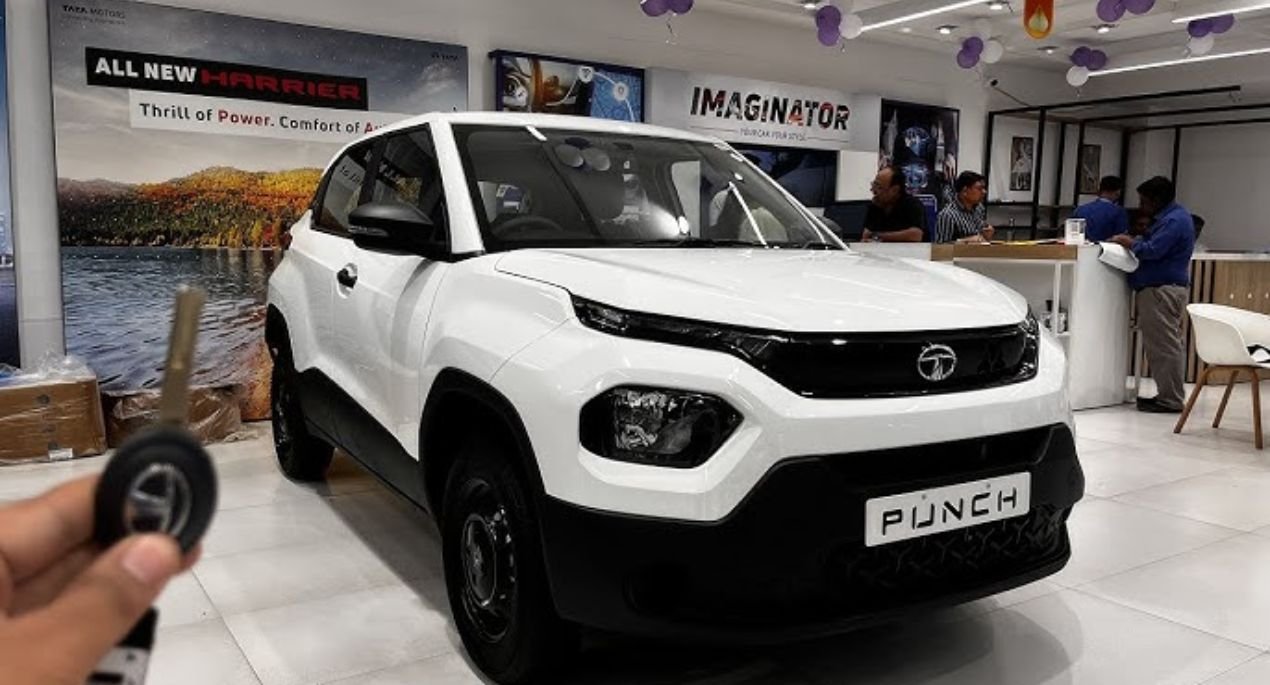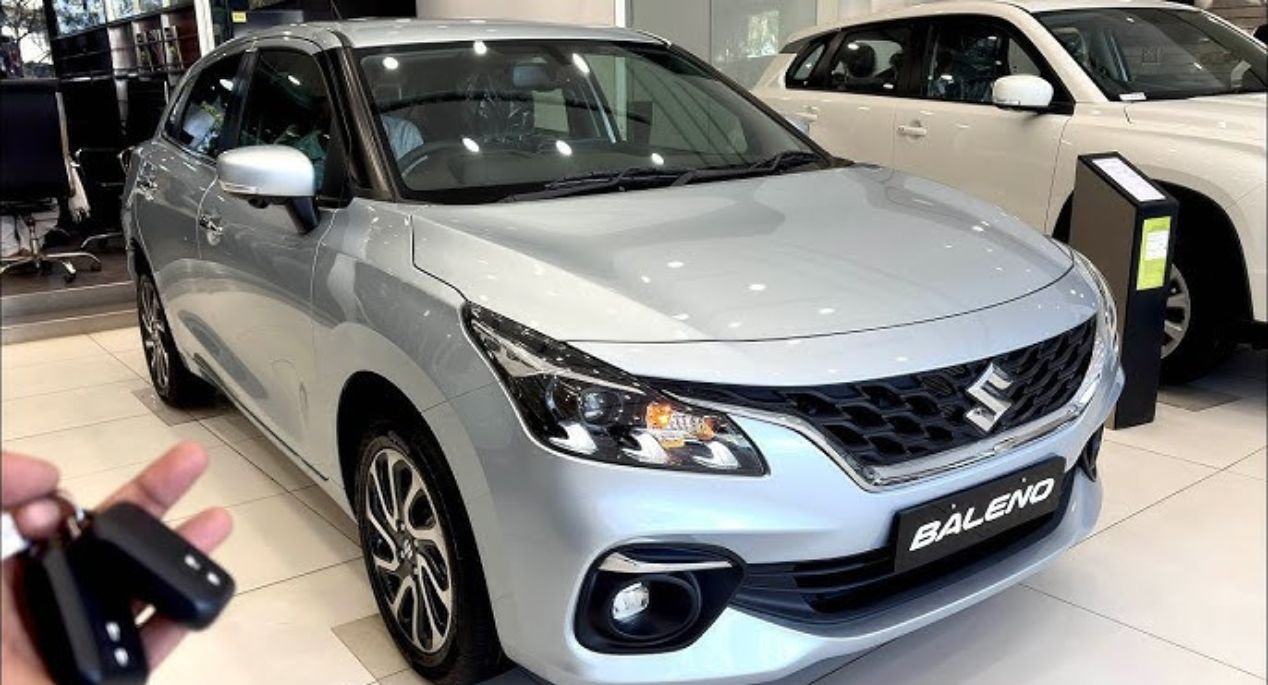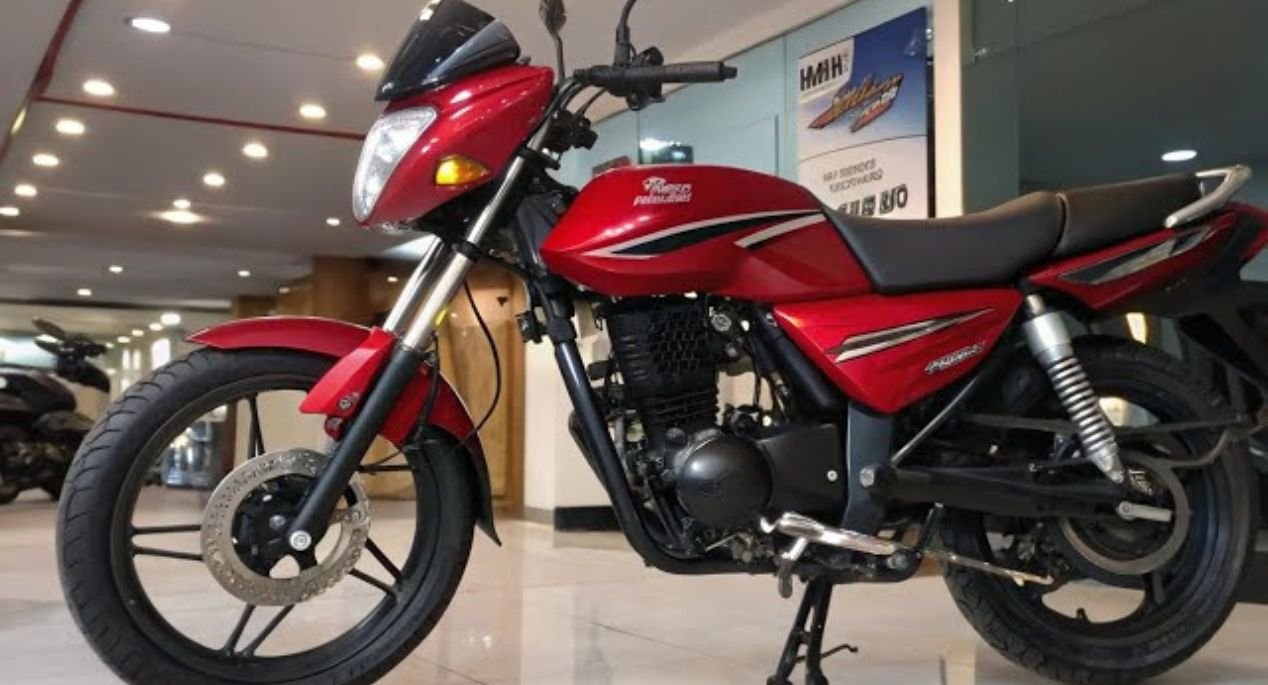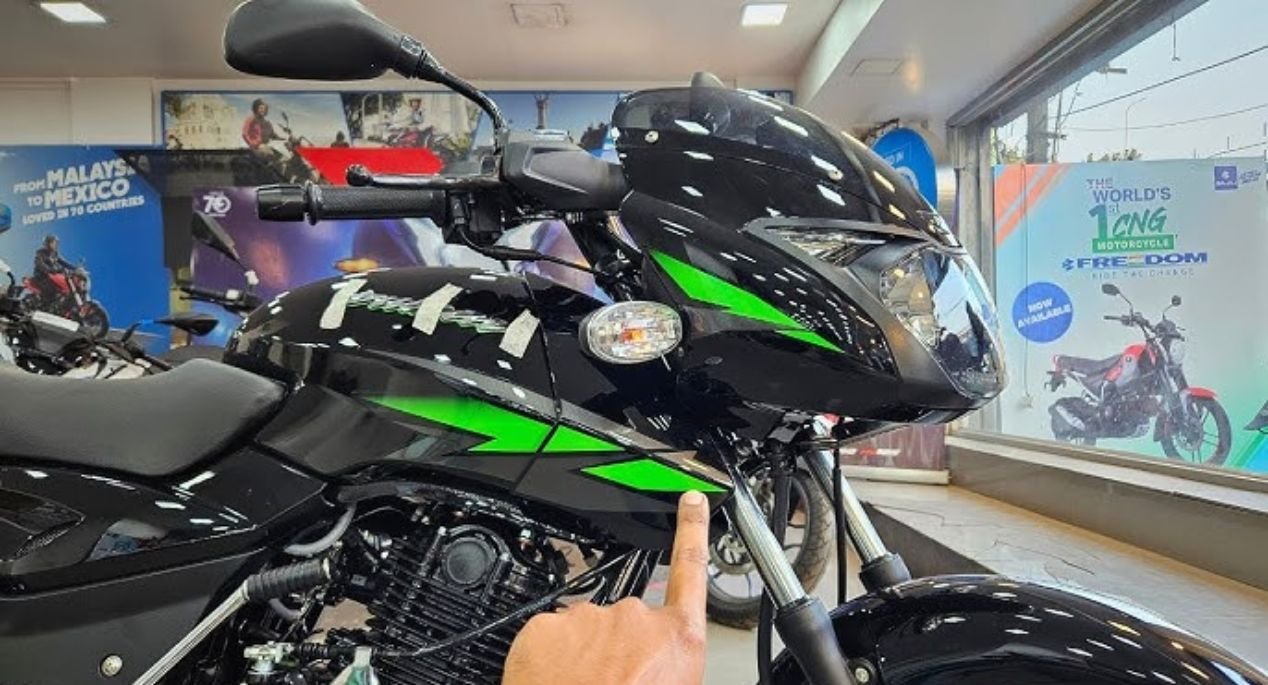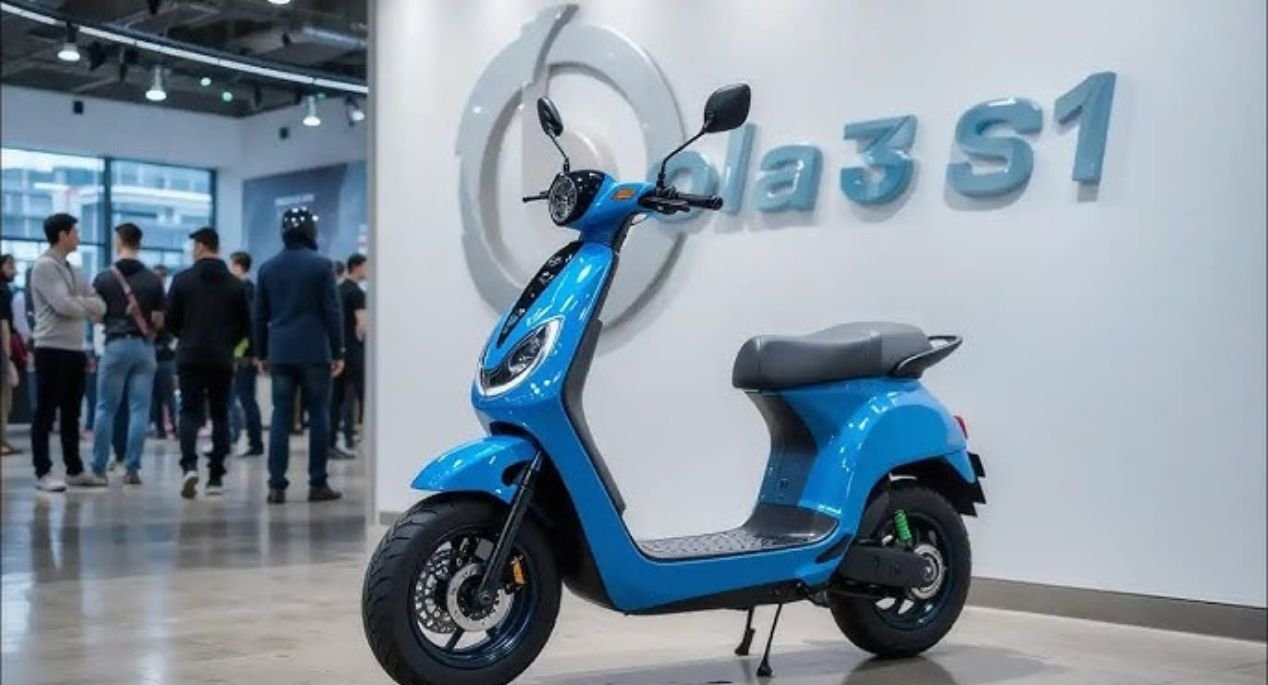Toyota Hilux : Australia’s automotive landscape is shifting, and the iconic Toyota Hilux is navigating new challenges. After years as the nation’s best-selling vehicle, the Hilux was outsold by the Ford Ranger in 2024 by a significant margin. This change highlights evolving consumer expectations and the fact that the current Hilux model is nearing the end of its lifecycle after nearly a decade on the market. In response, Toyota is implementing a strategic update to bridge the gap until an all-new model arrives.
A New Hybrid System Enhances Efficiency and Refinement
Toyota’s key innovation for the 2024 Hilux is the introduction of its V-Active mild-hybrid technology. This move is about more than just reducing emissions; it’s designed to tangibly improve the driving experience. The system pairs a compact 48-volt electric motor with the proven 2.8-litre turbo-diesel engine. This integration delivers an additional 12kW of power and 65Nm of torque while also improving fuel efficiency by an official 6-10%. In real-world conditions, some drivers have reported even better results, with fuel consumption figures as low as 9.1L/100km.
The system operates by recapturing energy during braking and deceleration, storing it in a lithium-ion battery. This stored energy is then used to assist with acceleration, refine the engine’s stop-start function, and provide greater low-speed control, which is particularly beneficial for off-road driving on steep or slippery terrain.
Core Capabilities and Practicality Remain Unchanged
Hilux maintains its rugged durability and practicality, it’s running stronger than ever. The hybrid does nothing to water down the functionality of the system. The important ones such as 3,500kg towing, 1,000kg payload, and 700mm wading depth are all retained meaning it’s still fit for purpose for those who need to work or play hard.
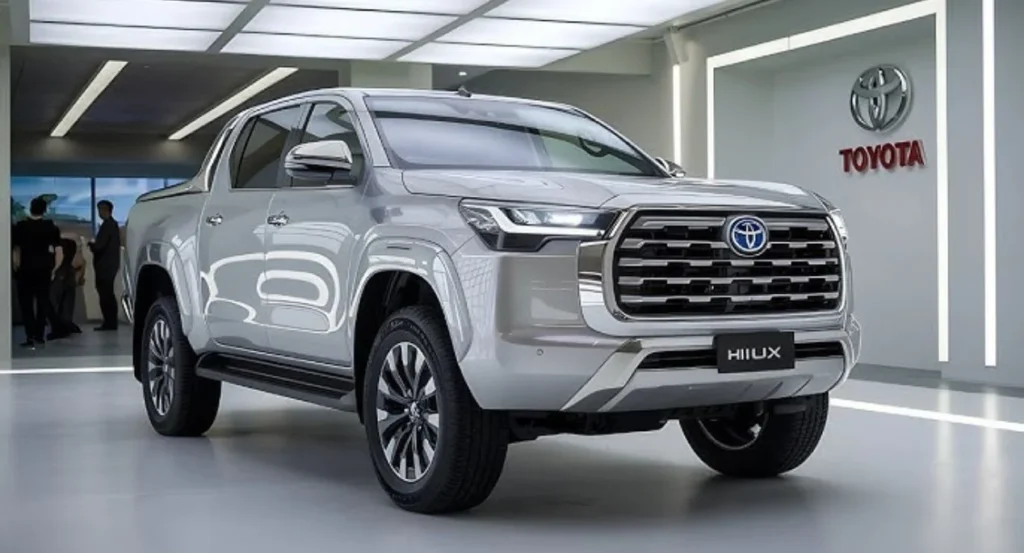
The mild-hybrid tech is available in the SR, SR5 and flagship Rogue grades on double-cab 4×4 automatic models. The premium Rogue trims go up in price, but the extra cost is for worthwhile features such as dual-zone climate control and additional connectivity features.
A Look Ahead The Next-Generation Hilux
This hybrid update is a bridge update while Toyota readies an all-new next generation Hilux due here in 2025. The new model is expected to share Toyota’s advanced TNGA-F (body-on-frame) platform – which should solve the problem with the current model’s dated underpinnings. I-Force Max hybrid powertrain are also expected to be added to the line-up as is a more powerful version producing around 243kW and 630Nm. The change will put the Hilux on more even ground with rivals such as the Ford Range and the next-generation Mitsubishi Triton.
engine feature
With legendary prowess the Toyota Hilux derives from a pedigree of proven quality and formula for unbeatable build quality, robust performance and traditional styling as demonstrated by the available efficient and powerful diesel engines. The line’s workhorse is, in many respects, a turbo-diesel, known for its enormous low-end torque – muscle renowned for superior towing capacity or climbing a hill without a whimper. The engines that power them are made with strong cast iron blocks and are the type of engines that are made to last and are also matched by high-tech fuel injection systems coupled with (in many countries) ultra low emissions technologies.
Conclusion A Strategic Step Towards the Future
The mild-hybrid Hilux is an astute evolution for the model. And it combines the durability and dependability our customers have come to expect with the efficiency and technology the market has come to demand. With the future in the front of their mind, Toyota is showing that Australians can still rely on the versatile Hilux for all of their needs, and with the expected arrival of the next generation around the corner, the Hilux will be a highly valued option for years to come.
